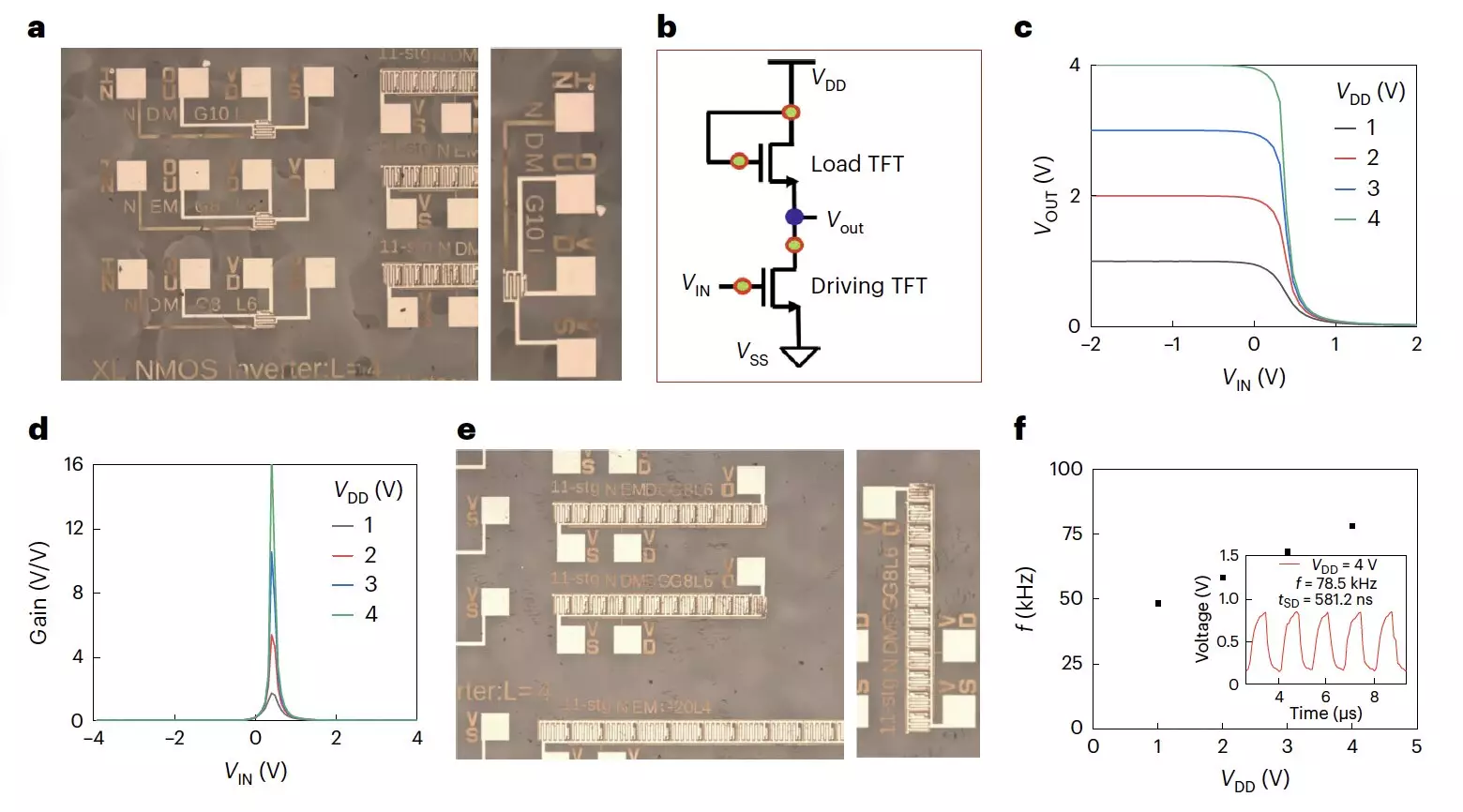Metal halide perovskites have gained significant attention in recent years due to their remarkable optoelectronic properties. Among these materials, tin (Sn) halide perovskites have shown great potential in fabricating p-type transistors with impressive field-effect hole mobilities. However, the development of n-type transistors based on perovskite channels has been challenging, limiting the potential for complementary logic circuits.
In response to the limitations of tin halide perovskites for n-type transistors, researchers from institutions such as the National Centre for Scientific Research Demokritos and École Polytechnique Fédérale de Lausanne have turned their attention to lead halide perovskites. Lead halide perovskites have shown promise in overcoming the constraints of tin perovskites, although they come with their own limitations, such as lower electron mobilities.
To address the challenges associated with lead halide perovskites, the researchers introduced a new strategy outlined in a paper published in Nature Electronics. By utilizing formamidinium lead iodide (FAPbI3) perovskite and incorporating a methylammonium chloride (MACI) additive, the team was able to enhance the performance of n-type transistors significantly. This approach resulted in field-effect mobilities of up to 33 cm2 V−1 s−1, marking a significant improvement compared to previous studies.
The team’s n-type transistors exhibited promising characteristics, including high electron mobilities, minimal hysteresis, and exceptional operational stability under varying bias stresses. These transistors were further utilized to create all-perovskite unipolar inverters and 11-stage ring oscillators, demonstrating the potential for integrating metal halide perovskite transistors into complex electronic circuits.
Moving forward, the proposed fabrication strategy could pave the way for the development of cost-effective integrated circuits featuring metal halide perovskite transistors. The enhanced performance of n-type transistors opens up new possibilities for a wide range of electronic applications, driving innovation in the field of optoelectronics. As further research and development take place, these advanced transistors could find their way into various electronic devices, revolutionizing the way we perceive and utilize modern technology.
The recent advancements in metal halide perovskite-based transistors represent a significant step towards the realization of highly efficient and versatile electronic components. By overcoming the challenges associated with traditional materials and exploring innovative strategies, researchers are unlocking new opportunities for the future of optoelectronics. As the field continues to evolve, we can expect to see even more groundbreaking discoveries that will shape the next generation of electronic devices.


Leave a Reply